
It’s been many years since visualizers took on their awkward task in this world. Nobody really knows who assigned it, but within a greater, almost moral imperative regarding the fact that every job should be done properly they have been performing it dutifully to this day. They are workers of the future as they create the visions of a world to come. Their work is spectacular, and they are well aware of this.
There has been no life on Earth for a long time. The atmosphere got so polluted that it became uninhabitable for living organisms, but this happened such a long time ago that no-one can remember it. The robotic traffic on the planet is very busy, and contemplating the past has become insignificant. The only target is the future, as distant as the day before with every passing day. The division into hours, days or even years has lost any sense as exhaustion and rest, time for work and time for leisure, no longer exist. The visualizers work incessantly, flooding the planet with their designs for urban planning. The basic construction elements come from the enclave of data with origin in the distant past, and are used in different combinations as templates for new designs. The visualizers combine the elements into countless new variants, followed by rendering, printing and placement. Empty settings, applied printed elements, prepare a scene for events that will never come to pass.
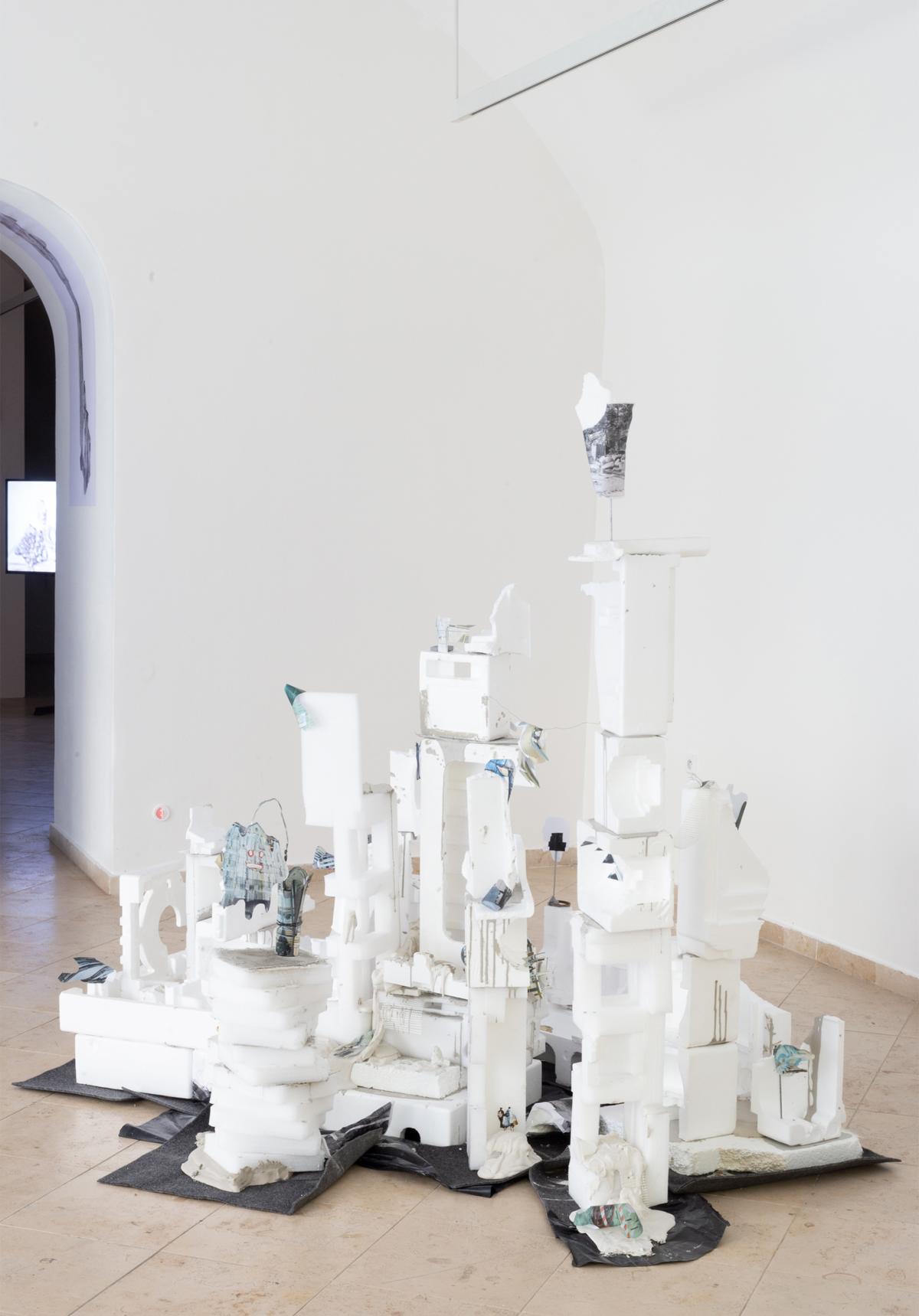


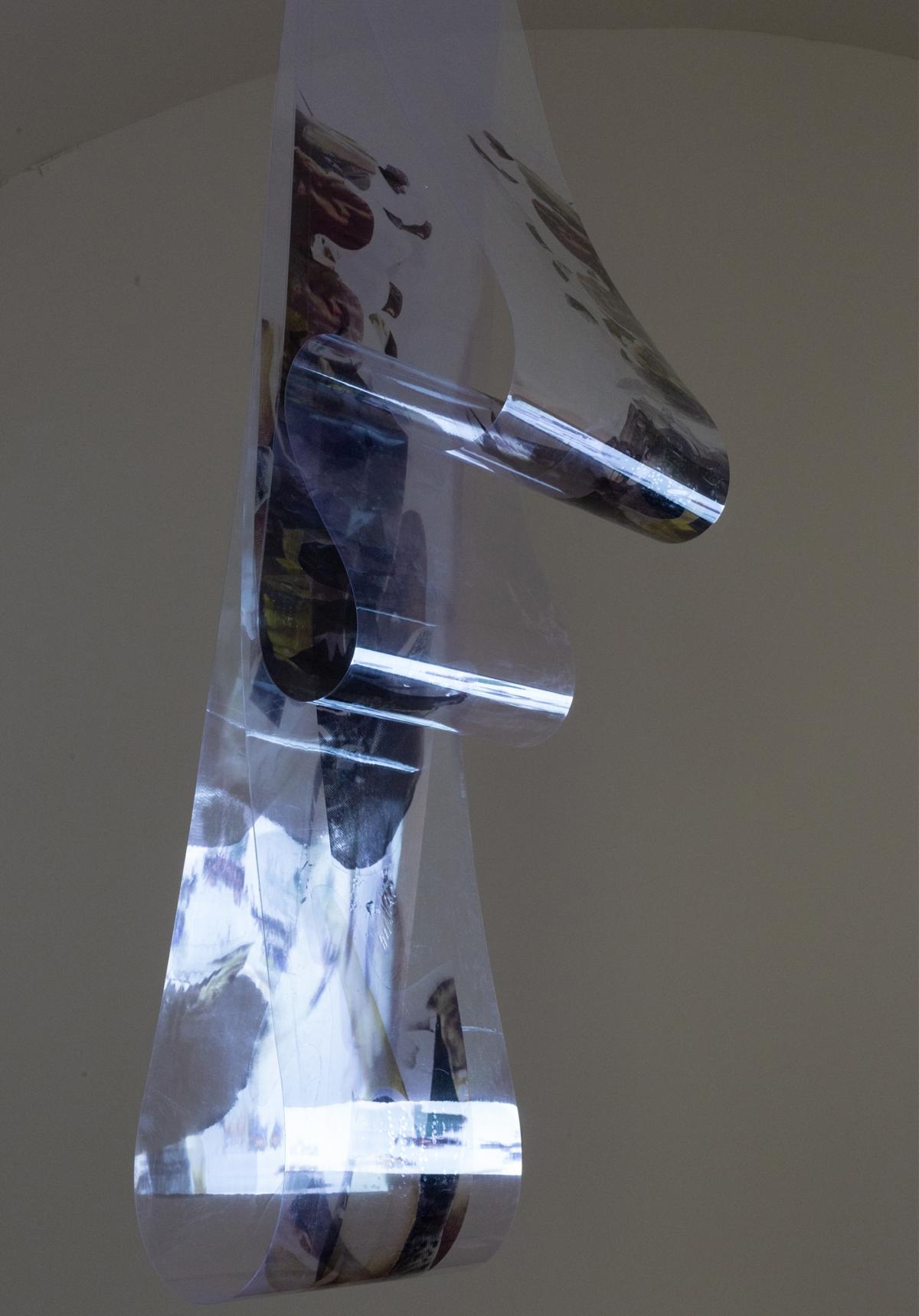
Rafał Żarski invites us to his visualized vision of the future. We walk through a cityscape of designs – printed elements, and in the second room find ourselves at the very heart of production. An audio component helps communicate to the viewer the production process of the visualizers, making it more human. Humour comes into play and changes the generally sceptical tone of Rafał’s vision. The message might be that we should stop taking ourselves so seriously. It is obvious that mankind won’t survive the toxic stew it has cooked. The planet might manage. What will be left of our proud humanity, if anything, could only be a set of absurdities instead of a comprehensive report for those after us.
What’s more, the visitors to the exhibition face the danger that they might recognise themselves in the behaviour of the machines and their work habits. This danger might become serious and start them thinking that perhaps they could change something in their lives.
The absurd and its counterpart, a sense of pathos, are inherently present in Polish culture. Humour that doesn’t make sense and defies reason with an intricate plot contrasts with the Czech milieu ruled by tragicomedy and black humour. This nuance might lead to comical inter-cultural misunderstandings. However, Rafal has taken good measure of the Czech scene and treats the viewers to both. He presents a seemingly tragic vision of a post-human world in which an absurd story of machines is set, machines that do work for work’s sake while holding an entirely human dialogue.


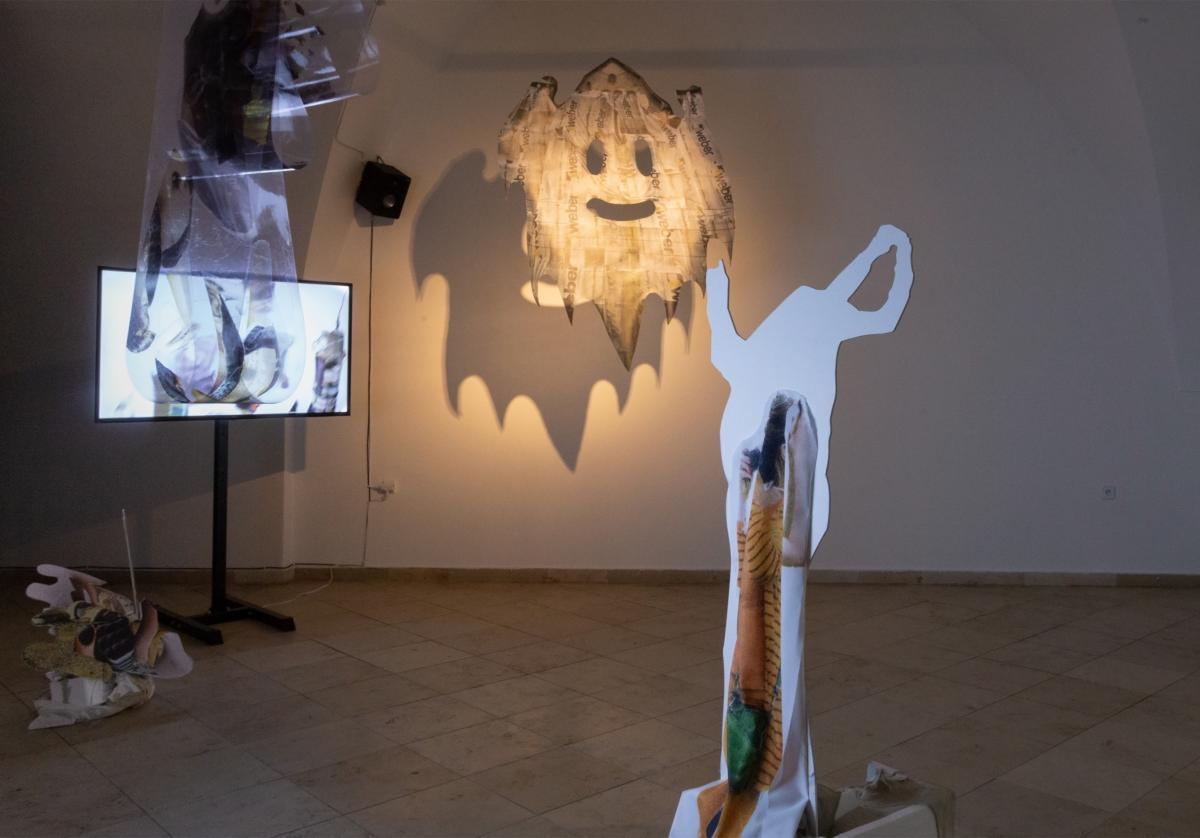
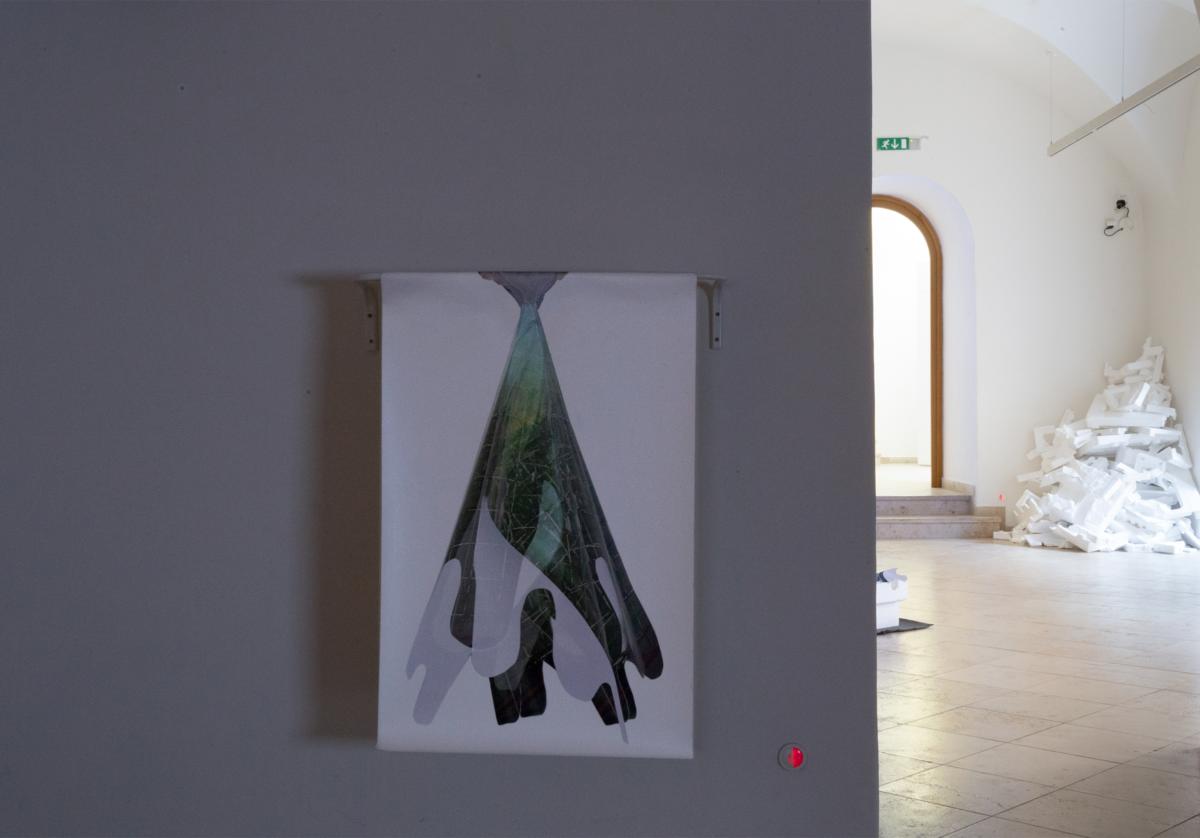
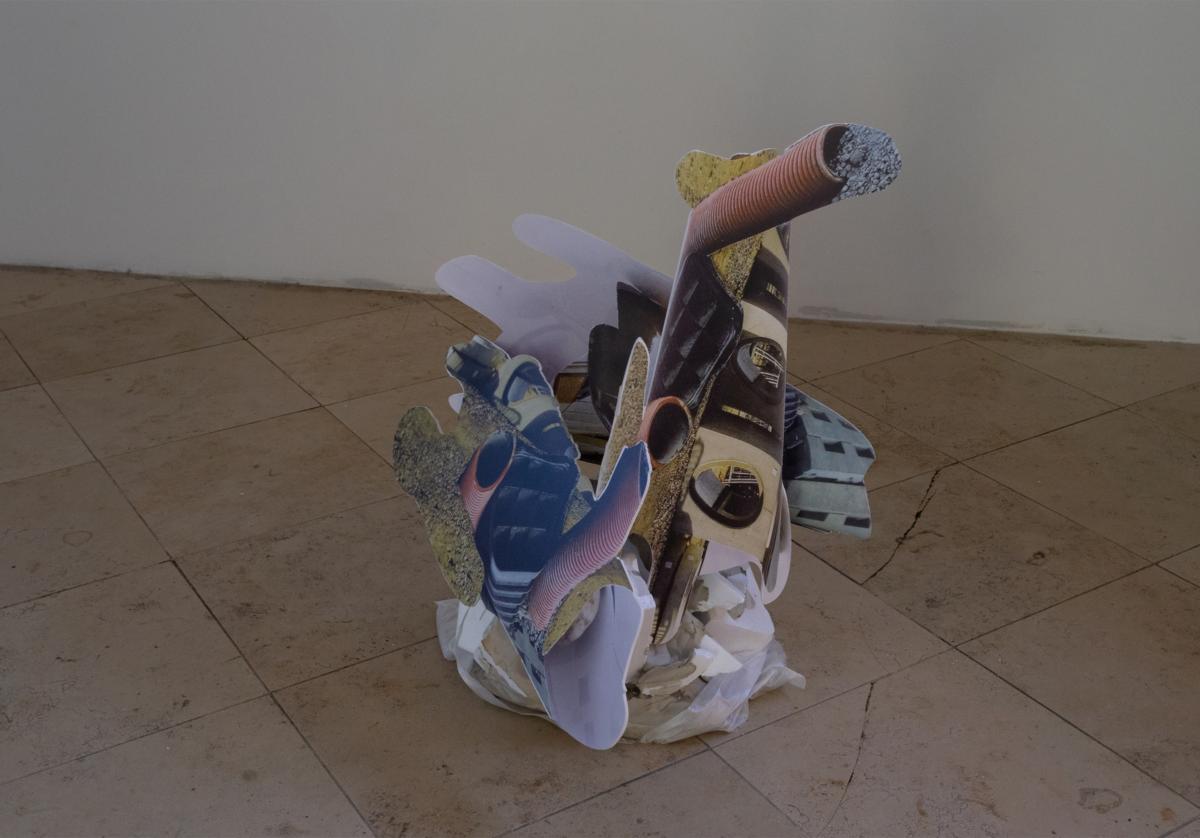
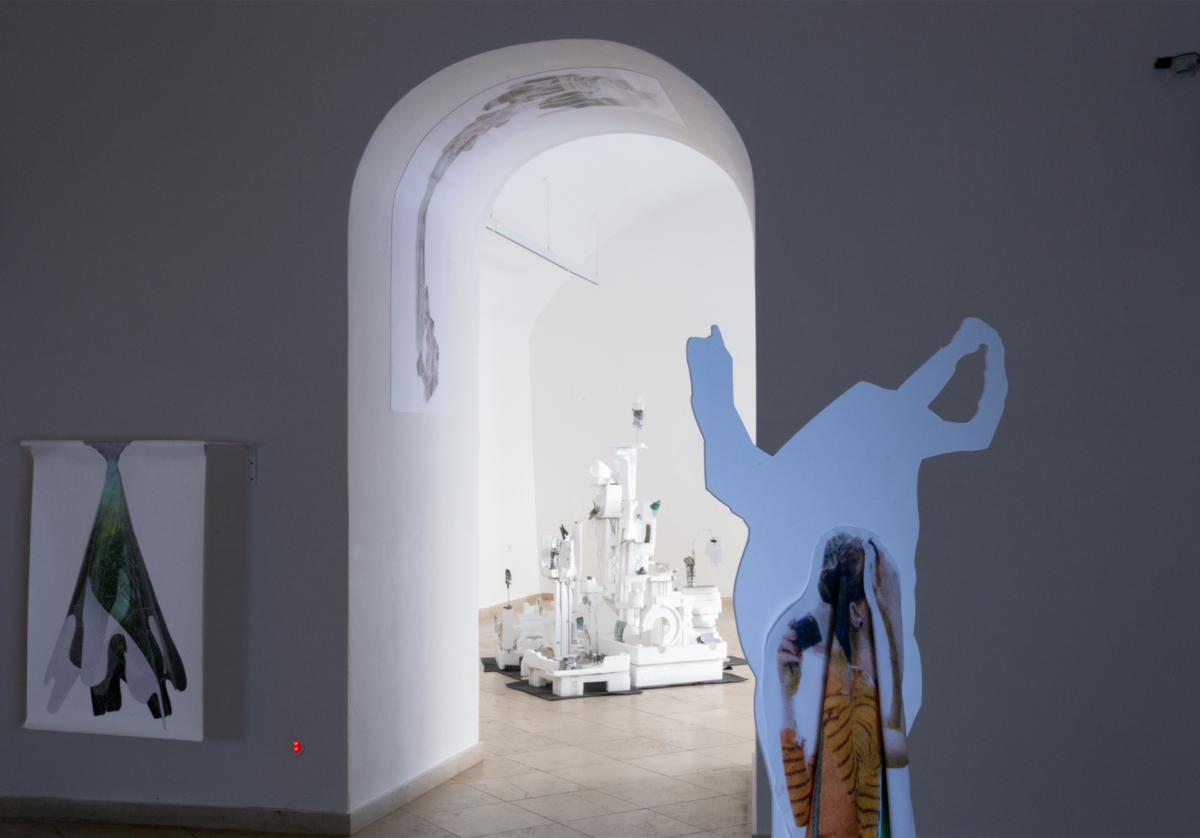


Rafał Żarski’s Constant Rendering is typified by multiple layers which are, however, easily legible. The basic sources of inspiration for his work are architecture, urbanism and city planning with constant tenders and unsuccessful projects: in a way, today’s architects already fulfil the role of the visualizers described above. This issue is related to the theme of work, i.e. absurd work for work’s sake. Endless production of designs that could be executed, but most of them never will. Here, Rafał Żarski comments not only on the work of architects and urbanists but also on his own artistic practice. Nonetheless, the most legible layer is the futurological one. We have seen enough post-apocalyptic and post-human scenarios yet few tackle the definitely tragic future of mankind with humour and self-critical aloofness.
This architectural and post-apocalyptic vision of the future was inspired by the city of Brno and its traditional summer construction boom. Rafał Żarski took part in the Brno Artists in Residence programme in 2018, and his exhibition in the G99 Gallery is the outcome of the residency.
Imprint
| Artist | Rafał Żarski |
| Exhibition | Constant Rendering |
| Place / venue | The Brno House of Arts, Brno |
| Dates | 17 April – 31 May 2019 |
| Curated by | Marta Fišerová Cwiklinski |
| Photos | Polina Davydenko |
| Website | www.dum-umeni.cz/en |
| Index | Marta Fišerová Cwiklinski Rafał Żarski The Brno House of Arts |
